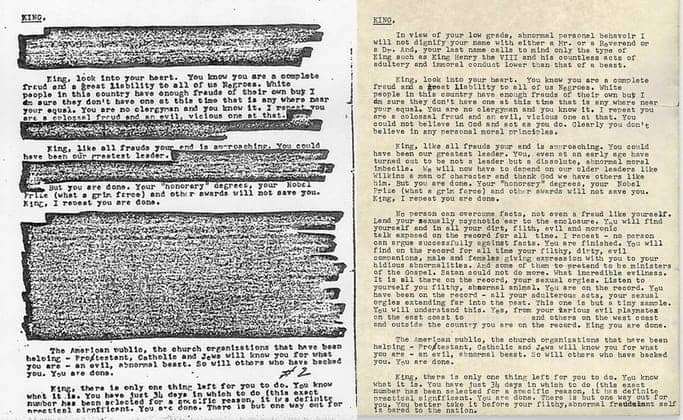
by Rodney Wrice
The journey towards equality and justice for Blacks in the United States has been marked by instances of unity and collective action. However, a closer examination of history reveals a disconcerting trend: deliberate efforts by external forces, often with implicit approval from the government, to erode this unity. My expressive thoughts on the subject probe into the tactics employed by figures like J. Edgar Hoover and governmental institutions to foment discord within Black communities, impeding their progress from the 1960s to the present day.
COINTELPRO and the manipulation of Black activists
One of the most infamous instances of strategic division was the Counter Intelligence Program (COINTELPRO) initiated by J. Edgar Hoover in the 1950s. Its primary objective was to disrupt and neutralize Black movements. COINTELPRO relied on tactics such as disseminating false information, sowing conflict among activists and fostering distrust. For instance, the program targeted prominent figures like Malcolm X and Martin Luther King Jr., exploiting ideological differences to create friction within the movement.
Shaping narratives through media manipulation
Throughout history, mainstream media has served as a tool for shaping public opinion. During the civil rights era, media outlets often portrayed differing factions within the Black community in a divisive manner. Coverage of varying strategies and leaders frequently emphasized conflicts over shared objectives. This sensationalist approach not only fragmented activists but also misled the public about the broader goals of the movement.
Presently, individuals striving for change, such as writers and activists, often find themselves relying on media outlets that aren’t owned by their own community. This stems from the reluctance of some community-owned media to publish dissenting beliefs or opinions, or their alignment with internal forces seeking to suppress or manipulate marginalized voices. This dynamic perpetuates division within the community, hampering progress.
The drug epidemic and structural disadvantage
In the 1980s and 1990s, the crack cocaine epidemic disproportionately affected Black communities. While not a government-initiated strategy, the unequal enforcement of drug policies led to a cycle of incarceration that devastated families and eroded community cohesion. The resulting social and economic challenges diverted attention and resources from addressing broader issues of systemic injustice.
Personal experiences of individuals deeply involved in endeavors such as “hustlenomics” during this era shed light on government tactics that were initially unnoticed. Recognition of these tactics often came after experiencing imprisonment and reconnecting with community voices that emphasized the need for mobilization and consciousness-raising. Over time, these efforts contributed to shifts in community media, highlighting the importance of unity.
Exploiting identity for political gain
Political parties have, at times, exploited identity politics to fracture the Black vote. By presenting themselves as champions of specific community concerns, politicians have strategically divided support and redirected focus away from comprehensive reform. This tactic’s persistence influences contemporary politics, with parties prioritizing singular issues over overarching systemic change.
Online misinformation and social media
The digital age ushered in new avenues for manipulation. Social media platforms have been weaponized to amplify divisions by spreading misinformation, fostering animosity and exacerbating existing rifts. Online campaigns targeting African American activists or groups exploit sensitive topics, further deepening divides and hindering collaborative endeavors.
Selective support and tokenism
Throughout history, certain institutions have provided limited support to a handful of Black individuals, creating an illusion of progress while neglecting broader systemic transformation. This phenomenon, known as tokenism, generates a false sense of advancement while sidestepping underlying issues. Tokenism can breed resentment within communities and distract from the imperative of comprehensive reform.
Conclusion
The strategies implemented by J. Edgar Hoover, coupled with broader societal challenges, have consistently aimed to undermine unity within Black communities in the United States. From COINTELPRO’s clandestine operations to modern disinformation campaigns online, these methods have obstructed progress, justice and equality. Recognizing this recurrent pattern is pivotal for comprehending the intricate nature of the quest for racial justice and striving towards a future where unity prevails over division.
As society evolves, acknowledging these historical strategies empowers communities to identify and counteract efforts at division. By fostering open dialogue, championing inclusivity and directly addressing internal differences, the collective strength derived from unity can ultimately triumph over deeply ingrained tactics that have sought to divide and conquer.
Rodney Wrice is a 56-year-old former long term offender who served 33 years in prison. He has been out since 2020. Wrice works for the nonprofit organization Urban Alchemy, where he is the director of quality control and the organization’s growth assistant.





